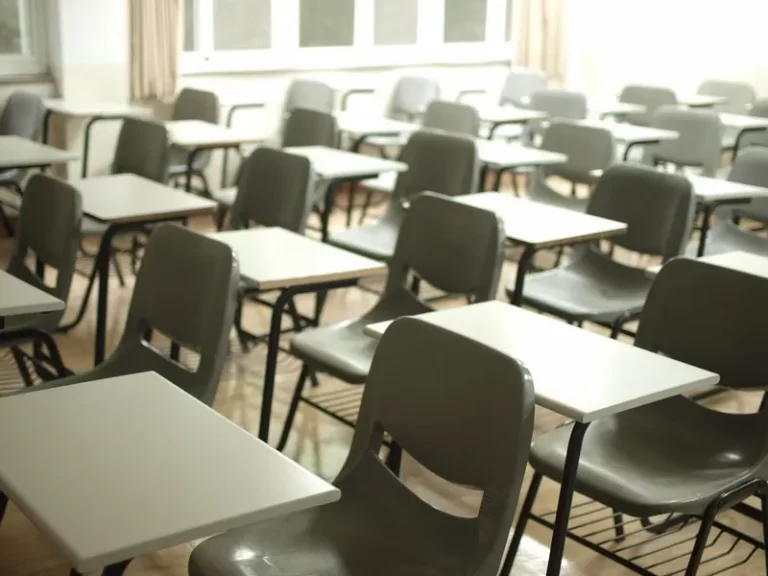Table of Contents
- Introduction
- Understanding the Significance of Admissions Policy
- Historical Evolution of School Admissions
- Contemporary Admissions Practices and Class Implications
- Socioeconomic Factors and Cultural Capital
- Consequences for Social Mobility
- Potential Policy Solutions
- Conclusion
Introduction
School admissions policies play an instrumental role in determining which students gain access to educational institutions. Although these policies often appear neutral—relying on criteria such as geographic catchment areas, entry exams, or interviews—they can have significant effects on the social composition of schools. In particular, admissions processes and regulations can compound existing class distinctions by favoring families with certain levels of economic, cultural, or social capital. Understanding how these systems perpetuate or mitigate class-based inequalities is pivotal for anyone examining the sociology of education.
This article aims to:
- Explain how school admissions policies are shaped by the broader societal context.
- Explore how class status influences a family’s ability to navigate admissions processes.
- Discuss the potential outcomes of these inequalities for social mobility.
Understanding the Significance of Admissions Policy
School admissions policies form a gatekeeping mechanism that goes beyond merely allocating seats in classrooms. Schools lay the foundation for both personal development and societal advancement, making access to quality education a cornerstone of social well-being. In many regions, schools with strong reputations enjoy higher demand, compelling them to impose strict or selective admissions criteria.
Why Admissions Policy Matters
- Reproduction of Class Hierarchies: Families with higher incomes and educational backgrounds often possess the means to secure entry into well-regarded institutions. This can include buying homes in desirable school districts or paying for entrance exam preparation.
- Public vs. Private Approaches: In some contexts, private schools use restrictive admissions procedures, such as competitive testing or high tuition costs, which create socioeconomically homogenous student bodies. By contrast, public schools might rely on catchment-area rules that still favor more affluent neighborhoods.
- Long-Term Societal Impact: Students who attend schools with strong reputations may be more likely to proceed to higher education, obtain higher-paid employment, and elevate their social status.
Historical Evolution of School Admissions
To appreciate how admissions policies influence class structures, it is helpful to look at their historical underpinnings.
Early Formal Education
In many societies, formal schooling began as a privilege reserved for elites—children of wealthy families, religious leaders, or aristocrats. Over time, as industrialization demanded a more literate and skilled workforce, education gradually expanded to wider segments of the population. However, expansion did not always mean equitable distribution of quality education.
The Shift to Merit-Based Systems
With the rise of universal education, policies were introduced to level the playing field. Entrance tests, standardized examinations, and other forms of merit-based assessments were seen as objective means of determining who could attend top schools. Nevertheless, these measures indirectly favored those with the resources to prepare and excel in such exams.
Emergence of Neighborhood-Based Admissions
As urbanization grew, schools often switched to neighborhood-based admissions rules in an effort to streamline enrollment. District boundaries or catchment areas became the deciding factor in who got admitted. While seemingly fair, these policies sometimes neglected broader social realities: neighborhoods themselves were (and often still are) divided by economic status. A wealthy district yields a well-funded school, while a less affluent district struggles with fewer resources, reinforcing the cycle of socioeconomic stratification.
Contemporary Admissions Practices and Class Implications
Modern-day school admissions policies vary across the globe, ranging from open-enrollment public schools to specialized magnet or charter schools. Yet certain recurring trends illustrate how class remains central to access.
Geographic Criteria
Admissions based on geographic criteria typically require children to live within a particular zone. Neighborhoods with more expensive housing markets tend to offer:
- Schools with robust extracurricular programs
- Well-maintained facilities
- Experienced teaching staff
Families with higher incomes strategically purchase homes in these areas, creating a self-reinforcing loop of privilege. Meanwhile, neighborhoods experiencing economic hardship may lack such amenities, making their local schools less attractive to families seeking the best for their children.
Entrance Exams and Standardized Tests
Selective schools might administer entrance exams as a way to filter applicants. Although these tests aim to measure academic potential, high-income families often invest in tutoring, test prep materials, and other resources. As a result, the merit-based system can lean disproportionately toward children whose parents can pay for targeted support. Over time, this leads to higher acceptance rates for applicants from wealthier backgrounds, again reinforcing class divisions.
Interviews and Extra-Curricular Profiles
In some admission processes, personal interviews and evaluations of extracurricular activities also figure prominently. Here, class advantages manifest through the following mechanisms:
- Cultural capital: Children of educated parents might engage in music lessons, foreign language programs, or volunteer activities.
- Social capital: Well-connected families may receive exclusive invitations to events or resources that strengthen a child’s application.
Such criteria can inadvertently penalize students who lack the financial means or familial support structures needed to build a compelling admissions portfolio.
Socioeconomic Factors and Cultural Capital
Get the full article AD FREE. Join now for full access to all premium articles.
View Plans & Subscribe Already a member? Log in.





